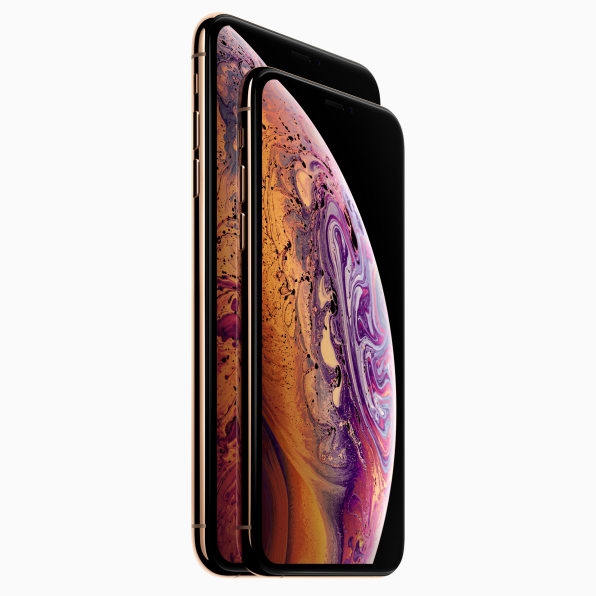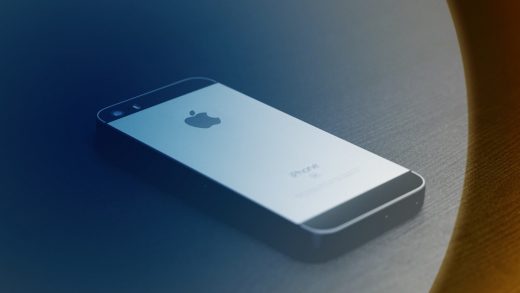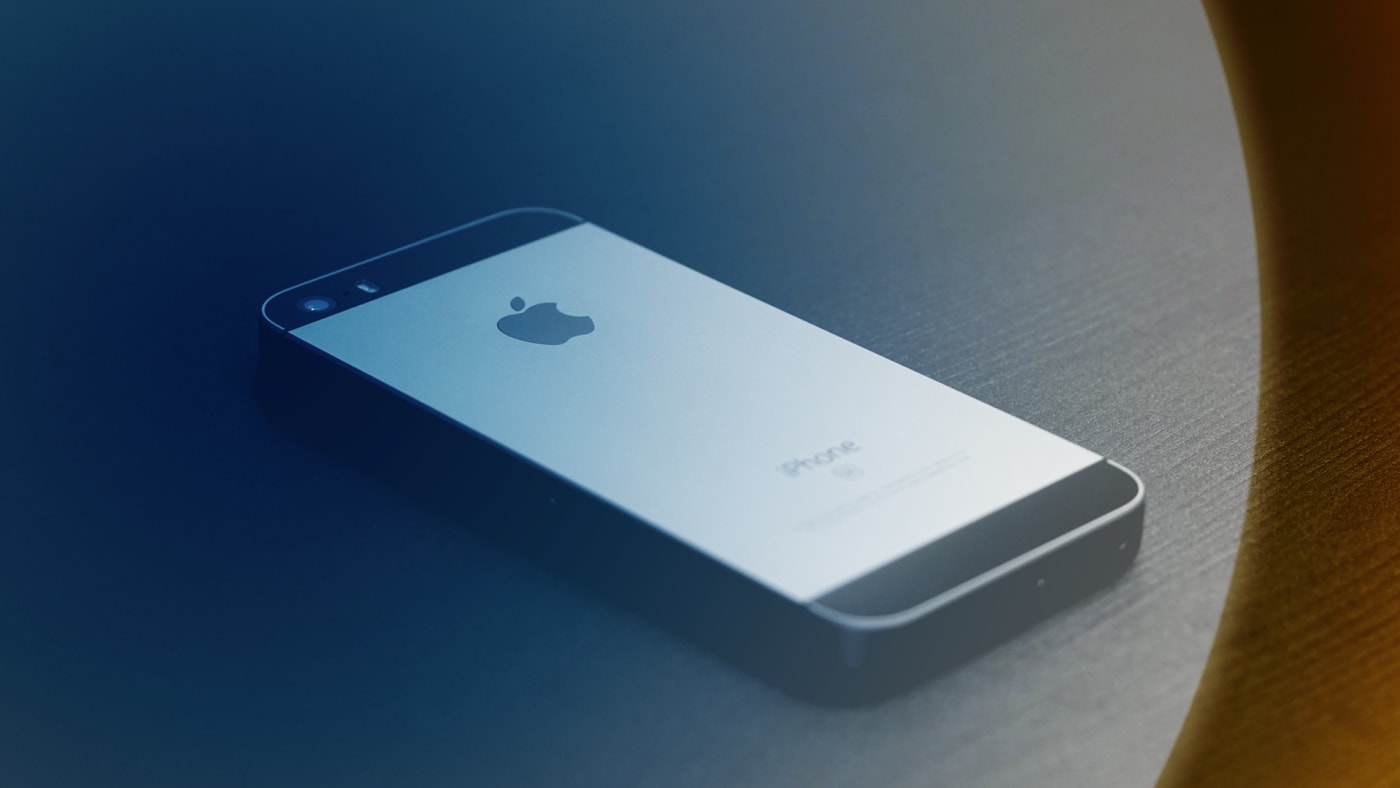Take Apple’s advice: Don’t rush to buy a new iPhone
Like most Apple events, last Wednesday’s big iPhone and Apple Watch reveal was a master class in manufacturing desire. For nearly two hours, Apple executives spoke of larger and more vibrant screens, faster processors, and better cameras, all in service of making your current iPhone or Apple Watch seem like stale bread.
So it was a bit jarring when Lisa Jackson, Apple’s vice president of environment, policy, and social initiatives, took the stage and subtly suggested that you might not need a new iPhone after all. During her five-minute presentation on Apple’s sustainability efforts, Jackson claimed that iPhones are built to last, thereby reducing the environmental impact of making new ones.
“Because they last longer, you can keep using them,” Jackson said. “And keeping using them is the best thing for the planet.”
Protecting the environment isn’t the only reason to hold off on buying a new iPhone. With last year’s iPhone X, Apple increased the base price for a top-of-the-line phone to $999, up $230 from the iPhone 7 Plus in 2016. This year, Apple is pushing prices even higher with the $1,099 iPhone Xs Max, a larger sibling to the new $999 iPhone Xs. Even Apple’s new budget-priced model, the $749 iPhone Xr, is $50 pricier than last year’s second-tier iPhone 8. Waiting longer between upgrades is one way to offset those increasing costs.
Besides, Jackson has a point: Old iPhones are better than ever, so replacing them isn’t so urgent.
All in the OS
Rejuvenating old phones was one of the main goals of iOS 12, which will be available for download on September 17. Apple claims that the upgrade can help launch apps up to twice as fast under heavy loads, load the camera up to 70% faster from lock screen, and speed up keyboard display times by up to 50%. And for the first time, this iOS upgrade covers five previous generations of iPhones, stretching back to the iPhone 5S.
Older phones weren’t always as much of a focus for Apple and its iOS upgrades. With the original iPhone and iPhone 3G, Apple only offered two upgrades apiece, followed by three upgrades apiece for the iPhone 3GS and iPhone 4. And even if an old phone was eligible for a new iOS version, installing it was a gamble. The iPhone 4 struggled to handle iOS 7’s new animations, and the iPhone 4S neither looked right nor performed well under iOS 8. Effectively, users had to decide between stability and new features like Facetime or Notification Center.
Over time, though, Apple has both increased the number of upgrades each phone can get and improved the performance of those upgrades on aging hardware. Ars Technica, which has reviewed older iPhones on new iOS versions for years, was satisfied with both iOS 10 on the iPhone 5S and iOS 11 on the iPhone 5S, despite reporting some mild slowdown in both cases. (However, some people who installed iOS 11 did report severe problems, especially with the version available on day one.)
As for iOS 12, this week I installed the beta on an iPhone 6 Plus and started carrying it around in lieu of my usual Google Pixel 2 XL. While the iPhone occasionally needs an extra second or two to load an app or pop up the keyboard, using this four-year-old phone has been acceptable in the same way that using a four-year-old laptop might be. The display is bright and crisp even by today’s standards, and the camera–though not a fancy dual-lens system–loads in an instant and takes pretty good pictures in any lighting condition. I quickly recalled that even in 2014, I was confident enough in the iPhone 6 Plus camera to start leaving my DSLR at home. The experience has helped me realize that the habit of replacing a two-year-old phone these days is driven more by gadget lust than an actual need.
Long live the iPhone
Although Apple has steadily extended the lifespan of older iPhones on its own, the company has also been responding to external pressure.

[Photo: courtesy of Apple]
Late last year, Apple acknowledged that it slows down older phones as their batteries degrade. While the company explained that it does this to prevent unexpected shutdowns, the admission fueled longstanding conspiracy theories of planned obsolescence for older phones. The fact that Apple charged $79 to replace out-of-warranty batteries didn’t help Apple’s case; a wave of lawsuits followed.
To temper the backlash, Apple launched a $29 battery replacement program for the iPhone SE, iPhone 6, and later models through the end of 2018. (After this year, the replacement price for the iPhone SE through iPhone 8 will rise to $49, which is still $30 less than it used to be, while iPhone X battery prices will increase to $69.) Apple also started letting users disable the performance throttling that kicks in as battery capacity shrinks.
Apple can still do a lot more to prolong the life of older iPhones (and simultaneously help the environment). While the company says that its phones are built to last, it still encourages annual replacement through its iPhone Upgrade Program, which lets customers pay for their phone and AppleCare+ in monthly installments and trade up to a new model every 12 months. If Apple really wanted to live up to its eco-friendly marketing, the company could offer biennial or even triennial replacements in exchange for a lower monthly fee.
As Motherboard’s Jason Koebler pointed out this week, Apple also discourages repair and reuse when iPhones are out of the company’s control. Instead of letting the independent recyclers it works with salvage old iPhones and Macs for refurbishment or harvest them for components, Apple reportedly requires these recyclers to shred the old products into scrap. Meanwhile, Apple has lobbied against “Right to Repair” laws, which would require the company to supply independent repair shops with tools, parts, and manuals for fixing old iPhones.
Perhaps as Apple focuses more its services business, keeping up the hardware replacement cycle will become less of a priority, and those anti-reuse and repair policies will begin to soften. For now, if you’ve got an older iPhone, try installing iOS 12, back up and delete all the old photos that are hogging your device storage, and maybe even perform a factory reset to give yourself a fresh start. Most importantly, give yourself some time to put Apple’s relentless marketing out of mind. You might find that the phone you have isn’t so stale after all.
(20)



